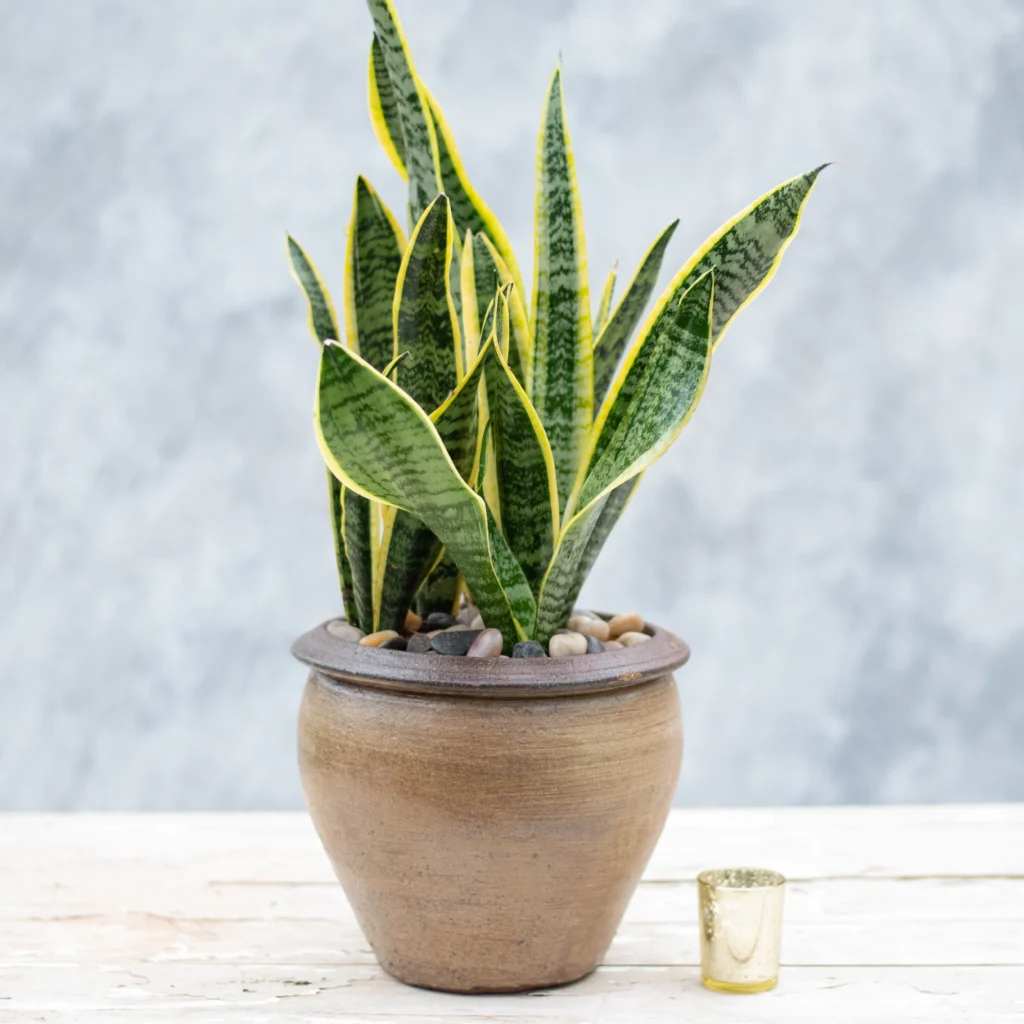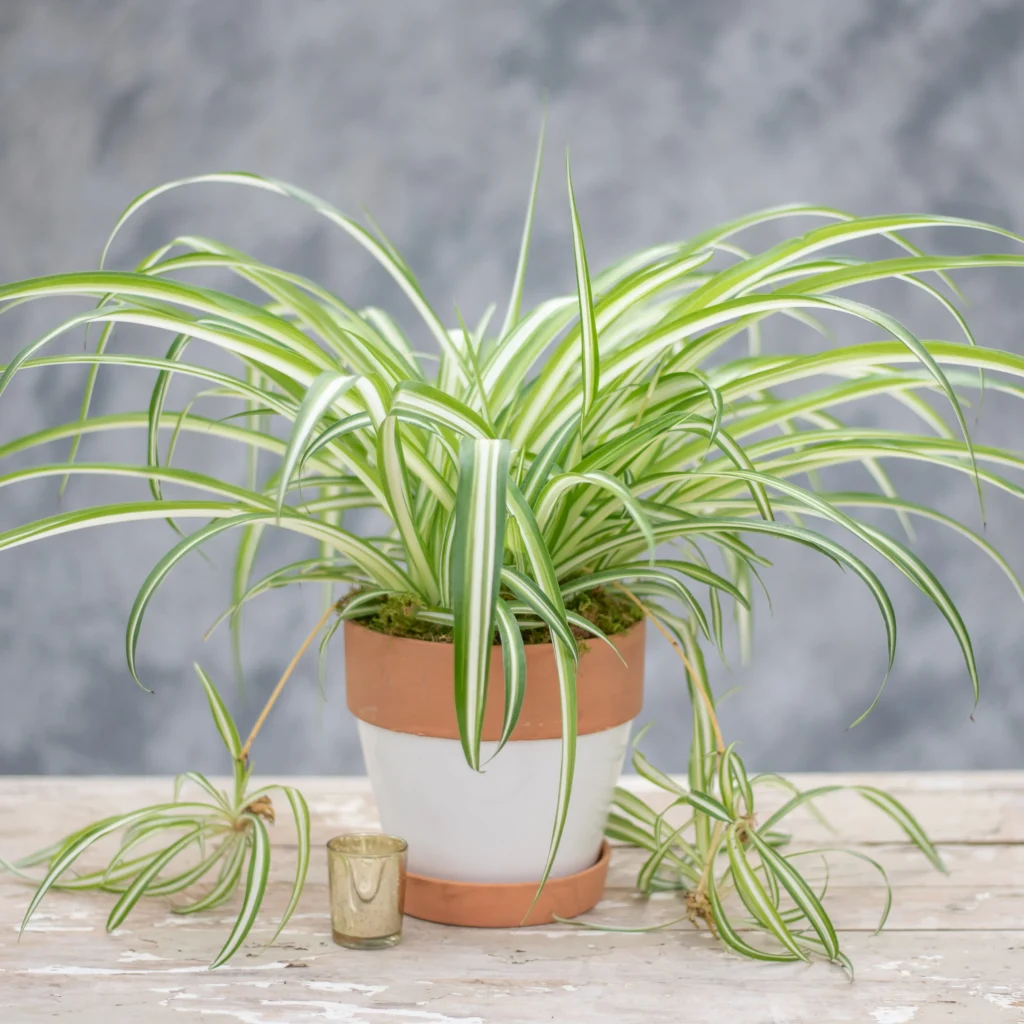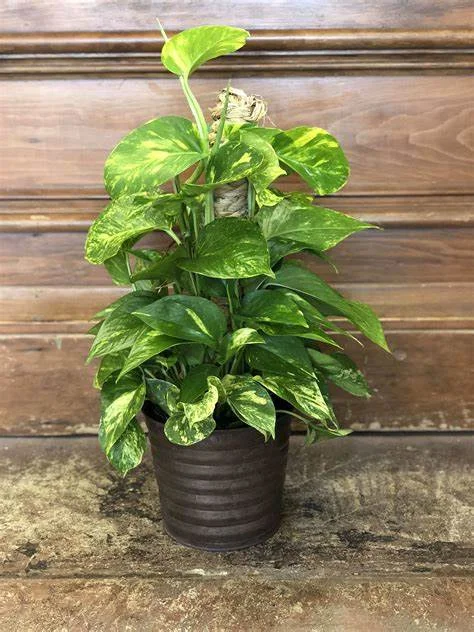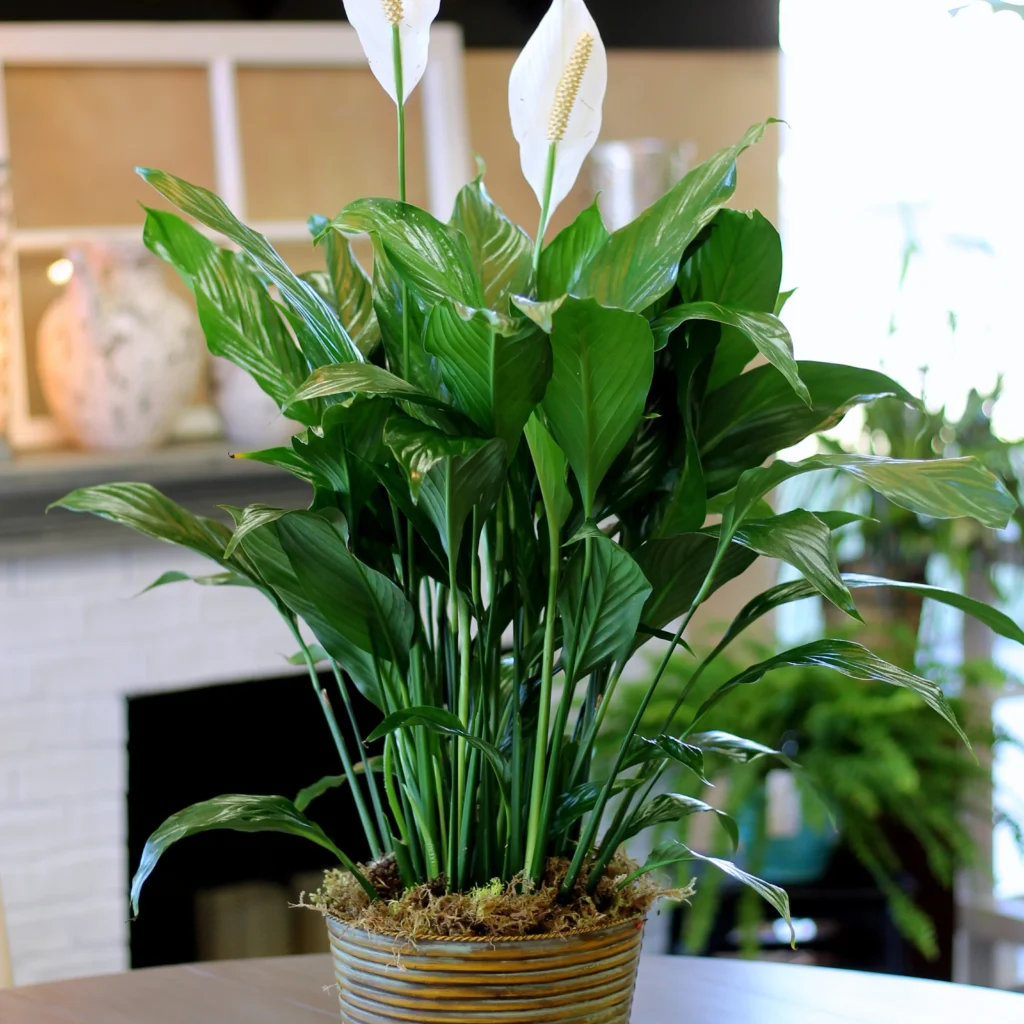Hydration tracking with plants is a simple method of reminding yourself to drink water by caring for indoor plants. It involves choosing easy-to-care-for plants and establishing a regular watering routine. When you water your plants, it serves as a cue to hydrate yourself, promoting regular water intake throughout the day. This approach not only helps you stay hydrated but also improves indoor air quality and encourages mindfulness and self-care. By integrating indoor plants into your daily routine, you can effectively track your hydration and promote overall well-being.
Importance of hydration for overall health:
Hydration is essential for maintaining overall health and well-being. Our bodies are composed of around 60% water, and water plays a crucial role in numerous bodily functions. Proper hydration is necessary for regulating body temperature, lubricating joints, delivering nutrients to cells, and removing waste products from the body. Dehydration can lead to various health issues, including fatigue, headaches, constipation, kidney stones, and impaired cognitive function. By emphasizing the importance of hydration, we highlight the significance of maintaining adequate fluid intake for optimal health and functioning.
Common challenges in staying hydrated throughout the day:
Despite the importance of hydration, many people struggle to drink enough water throughout the day. Busy schedules, distractions, and lack of awareness can make it easy to forget to drink water regularly. Some individuals may find water bland or unappealing, leading them to opt for sugary beverages or caffeinated drinks instead. Environmental factors such as hot weather or dry indoor air can increase the risk of dehydration. Additionally, certain medications, medical conditions, or lifestyle habits like excessive exercise or alcohol consumption can contribute to dehydration. By acknowledging these common challenges, we set the stage for introducing creative strategies, such as using indoor plants as hydration trackers, to help overcome barriers to staying hydrated.
Using Indoor Plants as Hydration Trackers:
Explanation of the concept:
Selecting indoor plants suitable for the environment:
Choose indoor plants that thrive in the conditions of your home or workspace. Consider factors such as light levels, temperature, and humidity. Opt for low-maintenance plants that are easy to care for and resilient to fluctuations in environmental conditions. Examples of suitable indoor plants include spider plants, pothos, snake plants, peace lilies, and philodendrons.
Establishing a watering routine for the plants:
Determine the watering needs of your chosen indoor plants based on their species and environmental conditions. Develop a consistent watering schedule to ensure that the plants receive adequate moisture without being overwatered. Avoid under-watering or overwatering by monitoring the soil moisture and adjusting the watering frequency as needed.
Associating plant care with personal hydration:
Using plant watering as a cue to drink water:
Use the act of watering your indoor plants as a reminder to hydrate yourself. Whenever you water your plants, take it as a cue to drink water yourself. This creates an association between plant care and personal hydration. Make a habit of taking a few sips of water from your own glass or bottle each time you tend to your indoor plants.
Creating a visual reminder with indoor plants:
The presence of indoor plants serves as a visual reminder to drink water throughout the day. Place the plants in prominent locations where you’ll see them frequently, such as on your desk, kitchen counter, or bedside table. Seeing the plants or noticing when they need watering prompts you to hydrate yourself, reinforcing healthy hydration habits.
Benefits of the approach:
Promotes hydration and proper bodily functions:
Using indoor plants as hydration trackers encourages you to drink water regularly, promoting proper hydration and supporting bodily functions. Adequate hydration helps maintain optimal health, improves energy levels, and enhances cognitive function.
Improves indoor air quality and environment:
Indoor plants naturally purify the air by absorbing carbon dioxide and releasing oxygen through photosynthesis. By incorporating indoor plants into your living or working space, you can improve indoor air quality, reduce pollutants, and create a healthier environment.
Encourages mindfulness and self-care:
Caring for indoor plants promotes mindfulness and self-care practices. Engaging in plant care activities, such as watering and tending to the plants, encourages you to be present in the moment and cultivate a sense of connection with nature. This mindfulness promotes overall well-being and encourages a holistic approach to self-care.
Implementing the Strategy:
Choosing the right indoor plants:
Examples of low-maintenance indoor plants:
Selecting the right indoor plants is essential for the success of using them as hydration trackers. opt for low-maintenance plants that require minimal care and are well-suited to indoor environments.
Examples of low-maintenance indoor plants include:




Snake Plant (Sansevieria): Known for its resilience and ability to thrive in low light conditions, making it perfect for indoor environments with limited sunlight.
Spider Plant (Chlorophytum comosum): Easy to grow and adaptable to various light conditions, spider plants are excellent choices for beginners.
Pothos (Epipremnum aureum): With its trailing vines and attractive foliage, pothos plants are hardy and can tolerate a range of light conditions.
Peace Lily (Spathiphyllum): Known for its air-purifying properties, peace lilies thrive in low to moderate light and require infrequent watering.
Establishing a watering routine:
Frequency of watering based on plant needs:
Determine the specific watering needs of each indoor plant based on factors such as species, size of the plant, environmental conditions, and season. Research the watering requirements of your chosen indoor plants and develop a watering schedule accordingly.
Factors to consider when establishing a watering routine include:
Soil moisture: Check the moisture level of the soil regularly and water the plants when the top inch of soil feels dry to the touch.
Light and temperature: Plants may require more frequent watering in warmer or sunnier conditions compared to cooler or shadier environments.
Seasonal changes: Adjust the watering frequency based on seasonal changes in light, temperature, and humidity levels.
Tracking personal hydration:
Methods for tracking water intake:
There are various methods available for tracking your daily water intake to ensure that you stay hydrated.
Some common methods include:
Keeping a water intake journal or diary: Record the amount of water you drink throughout the day, either manually or using a mobile app or online tracker.
Using a water bottle with volume markings: Choose a reusable water bottle with volume markings to easily monitor how much water you’ve consumed.
Setting reminders: Use alarms or smartphone apps to remind yourself to drink water at regular intervals throughout the day.
Experiment with different tracking methods to find the one that works best for you and helps you stay consistent with your hydration goals.
Setting hydration goals and monitoring progress:
Establish specific hydration goals based on recommendations for daily water intake, which can vary depending on factors such as age, weight, activity level, and climate. Monitor your progress towards your hydration goals by tracking your daily water intake and comparing it to your target goals. Adjust your hydration goals as needed based on factors such as changes in activity level, environmental conditions, or health status. Celebrate your achievements and milestones as you progress towards meeting your hydration goals and use any setbacks as learning opportunities to refine your hydration strategy.
Practical Tips and Considerations:
Placement of indoor plants for maximum visibility:
When placing indoor plants in your home or workspace, consider locations where they will be easily visible and serve as effective reminders to drink water. Choose areas where you spend a significant amount of time, such as your desk, kitchen counter, or living room coffee table. Position the plants at eye level or slightly above to ensure they catch your attention throughout the day. Avoid placing plants in areas that are easily overlooked or out of sight, as this may diminish their effectiveness as hydration reminders. Additionally, consider the lighting conditions of each location to ensure that the plants receive adequate light to thrive.
Incorporating hydration reminders into daily routines:
Integrate hydration reminders into your existing daily routines to make drinking water a habit. Set specific times or triggers throughout the day to remind yourself to drink water, such as:
- Drinking a glass of water first thing in the morning upon waking up.
- Drinking water before or after meals.
- Taking a water break at regular intervals during work or study sessions.
- Associating water intake with specific activities, such as watching TV, checking emails, or commuting.
- Use visual cues, such as placing water bottles or hydration trackers in prominent locations, to reinforce hydration reminders and prompt action.
- Experiment with different reminder strategies to find the ones that work best for you and fit seamlessly into your daily routine.
Adapting the strategy to individual preferences and lifestyles:
Recognize that everyone has unique preferences, lifestyles, and hydration needs. Customize the indoor plant hydration tracking strategy to align with your personal preferences and circumstances. Choose indoor plants that resonate with you aesthetically and fit your lifestyle requirements, whether you prefer small, desk-sized plants or larger statement pieces. Modify the watering routine and hydration tracking methods to suit your schedule, habits, and goals. For example: If you have a busy schedule, opt for low-maintenance plants and simple hydration tracking methods that require minimal time and effort. If you enjoy gardening or spending time with plants, incorporate plant care activities into your self-care routine as a way to nurture both your plants and you. Be flexible and open to adjusting the strategy as needed based on feedback from your own experiences and observations. What works well for one person may need to be adapted or modified for another, so prioritize finding an approach that feels sustainable and enjoyable for you.
Recap of the benefits of using indoor plants as hydration trackers:
Summarize the key benefits of incorporating indoor plants into your hydration tracking strategy: Promotion of hydration and proper bodily functions: Using indoor plants as visual reminders encourages regular water intake, supporting overall health and well-being. Improvement of indoor air quality and environment: Indoor plants naturally purify the air, creating a healthier and more pleasant indoor environment for occupants. Encouragement of mindfulness and self-care: Caring for indoor plants promotes mindfulness and self-care practices, fostering a deeper connection with nature and enhancing overall well-being. Highlight how these benefits contribute to a holistic approach to health and wellness, addressing both physical and mental aspects of well-being.
Encouragement to integrate the strategy into daily life for improved hydration and well-being:
Emphasize the importance of taking proactive steps to prioritize hydration and self-care in daily life. Encourage readers to consider incorporating indoor plants into their living or working spaces as a simple yet effective way to promote hydration and well-being. Provide motivational encouragement to take action and experiment with the suggested hydration tracking strategy, highlighting its potential to make a positive impact on their health and lifestyle. Stress the importance of consistency and perseverance in adopting new habits, reassuring readers that small changes can lead to significant improvements in their overall hydration habits and well-being over time. Express confidence in readers’ ability to successfully implement the strategy and reap the rewards of improved hydration, indoor air quality, and mindfulness in their daily lives.
In conclusion, reiterate the overarching message that using indoor plants as hydration trackers offers a practical and enjoyable approach to enhancing hydration habits and fostering a healthier lifestyle. Encourage readers to embrace the strategy wholeheartedly and enjoy the benefits it brings to their physical and mental well-being.
Make sure to watch my YouTube videos for healthy food recipes.
